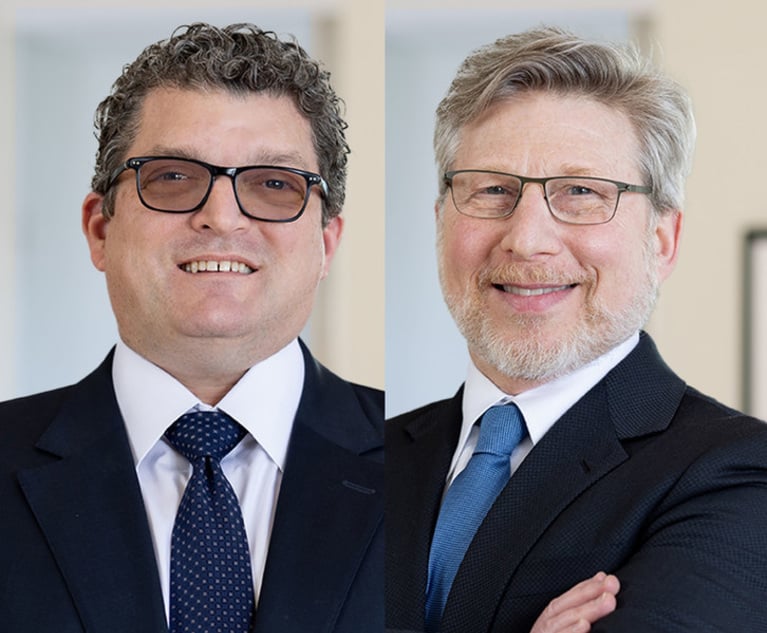It’s back on! The last two years have seen strengthening of the mergers and acquisitions and private equity (PE) markets and, with this strengthening, dealmakers have started to move firms again. As Figure 1 shows, deal activity has doubled from the lean years of 2011 through 2013. And with this doubling there’s been a tripling since 2014 in the number of dealmaker laterals hired by Chambers-ranked M&A and PE firms. Historically, lateral movement has tended to follow market activity. This pattern was broken in 2011 and 2012 where lateral movement overshot market activity in anticipation of a surge in deal-making that didn’t materialize. But by the end of 2016, the two were back in sync.
The resurgence in lateral movement prompts a look at how lateral dealmakers have worked out. On this, there’s a curious dynamic at play. When you look back at movers over the past 17 years as one group, you see what looks like good news: Lateral dealmakers have typically stayed at their new firms longer than the average across all practices. Figure 2 shows the retention rate (percent of laterals remaining at their new firm) by number of years since their move and compares it with an all-practice average. Dealmakers were slower to move on. At five years after the move, roughly the time it takes to recoup the full investment outlays, 20 percent more lateral M&A partners—and 15 percent more lateral PE partners—were still in place.









